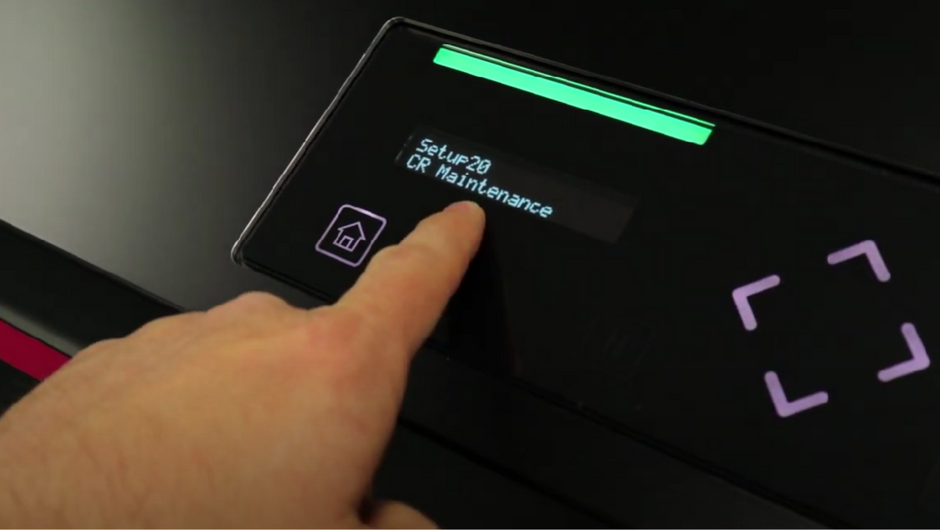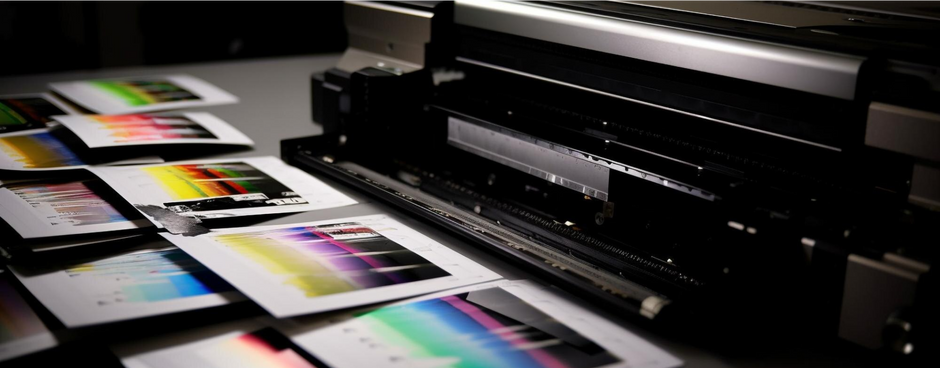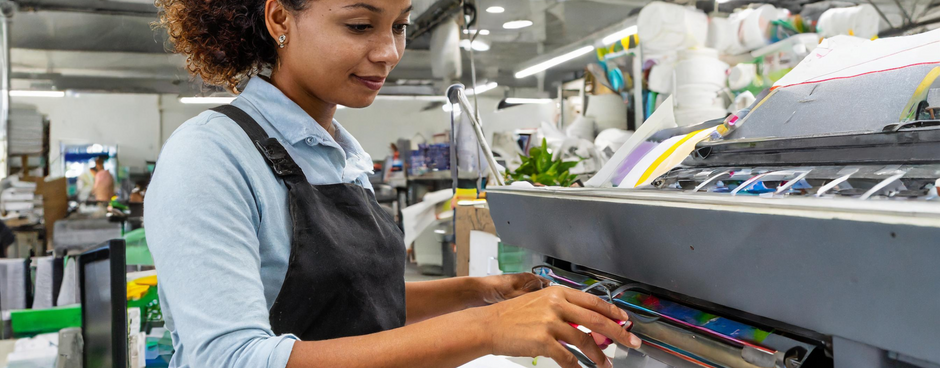In today's fast-paced printing industry, maximizing efficiency is essential for staying competitive and meeting client demands. To achieve this, innovative strategies are essential to streamline processes, reduce waste, and increase productivity. These actions will lead any business to significant time and cost savings. Whether you're running a print shop, advertising agency, or in-house marketing department, this article will help you to optimize your production processes. Here are five innovative strategies:
- Implement Workflow Automation:
In wide-format printing, workflow automation is crucial. It streamlines processes, reduces errors, and boosts efficiency, enabling faster job handling and consistent high-quality results. If you want to stay competitive and meet your client's demands you have to embrace workflow automation. Some recommendations are:
- Utilize workflow automation software to streamline print production processes from job submission to final output.
- Automate tasks such as file preparation, color management, and job routing to minimize manual intervention and reduce turnaround times.
- Integrate workflow automation with digital job ticketing systems and production scheduling tools to optimize resource allocation and prioritize print jobs based on deadlines and production capacity.
- Invest in Smart Printing Technologies:
Investing in smart printing technologies will help to optimize workflows, enhance productivity, and improve print quality. Smart technologies, help businesses stay competitive, meet evolving customer needs, and achieve sustainable growth in the printing industry. Some tips are:
- If possible, adopt advanced wide-format printers equipped with smart features such as automated printhead maintenance, nozzle monitoring, and self-diagnostic capabilities.
- Consider printers with remote monitoring and predictive maintenance capabilities to preemptively identify and address issues before they impact production.
- Utilize On-Demand Printing Solutions:
With the ability to produce prints as needed, businesses reduce waste, streamline workflows, and meet client demands more effectively. We recommend:
- Implement on-demand printing solutions that enable printing only when needed, minimizing inventory and reducing waste associated with overproduction.
- Offer web-to-print services that allow customers to submit orders online, reducing order processing time and streamlining production workflows.
- Utilize variable data printing capabilities to personalize printed materials, catering to the growing demand for customized and personalized products without sacrificing efficiency.
- Optimize Material Usage and Waste Reduction:
By minimizing excess material and recycling waste, businesses save costs and operate more sustainably. In order to do this:
- Utilize nesting software to optimize the placement of designs on print media, maximizing material usage and minimizing waste.
- Implement lean manufacturing principles to reduce material waste and optimize inventory management, ensuring that resources are utilized efficiently.
- Explore sustainable printing materials and substrates that are recyclable, biodegradable, or made from renewable sources to minimize environmental impact while maintaining quality and performance.
- Implement Preventative Maintenance Programs:
Regular maintenance minimizes downtime, prolongs equipment lifespan, and ensures consistent print quality, leading to higher productivity and customer satisfaction. Here are recommendations to implement this:
- Develop a comprehensive preventative maintenance program tailored to the specific needs of your wide-format printing equipment.
- Schedule regular maintenance tasks such as printhead cleaning, lubrication, calibration, and inspection of critical components to prevent equipment failures and ensure optimal performance.
- Utilize manufacturer recommendations and best practices to establish maintenance schedules and procedures, considering print volume, operating environment, and equipment age.
- Train staff on proper maintenance techniques and procedures to perform routine tasks safely and effectively.
- Keep detailed maintenance records, including maintenance schedules, performed tasks, and any issues encountered, to track equipment health and identify trends over time.
By implementing these innovative strategies, wide-format print production facilities can enhance operational efficiency, reduce costs, and stay competitive in an ever-evolving industry landscape.







